Machine embroidery on linen
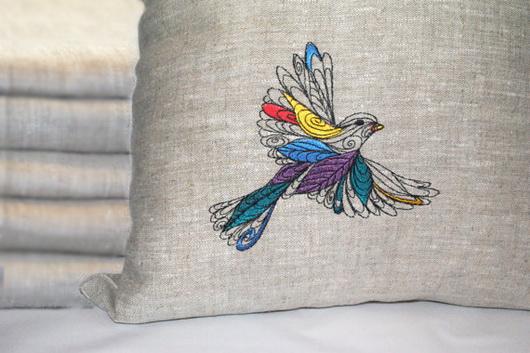
It is getting difficult for newcomers to find the information they seek among the numerous articles and forum discussions. Therefore, I have compiled all the pieces covering embroidery on linen here.
In masterclasses, and also on sewing and embroidery forums, you often see phrases like “sew linen”, “embroidery on linen”, “linen napkins”. No wonder, as linen is a very easy-to-sew fabric.
There are heavyweight linen fabrics (grayish brown in color), semi-white, white and dyed. Linens are valued for their durability and wear resistance, and also for their ability to absorb moisture while allowing for good heat and air penetration. Linen fabric varies greatly in appearance, from smooth with a matte finish to heavyweight with a coarse structure.
Linen fabric is perfect for tablecloths, table napkins, curtains or bed linen decorated with embroidery. This fabric allows for the natural thermoregulation of the human body, which makes it a perfect material for summer clothes.
Types of linen fabric, their uses, and appeal for the embroiderers, will be covered in the future articles. Here I’m talking about how embroidery on linen should be done.
Newbie seamstresses and embroiderers should remember that natural (i.e. not containing any synthetic fibers) linen fabric shrinks a lot after washing. One must keep this in mind before cutting out and a pattern and embroidering. In order for the embroidered item to keep its neat look after the first laundering, you need to sanforize the fabric, i.e. to wash it or moisten it with hot steam. After washing, the fabric should be smoothed down while still damp, to save yourself the trouble with ironing out the creases.
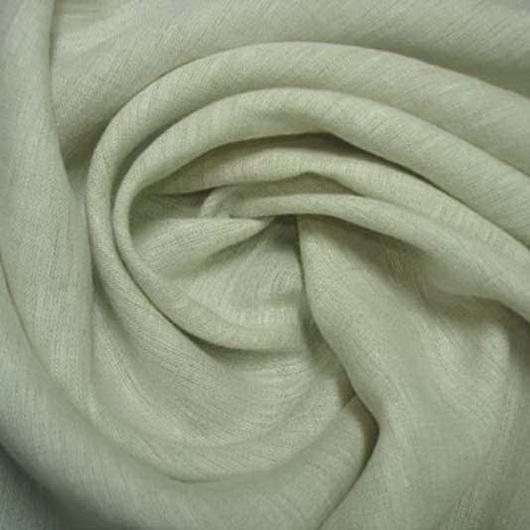

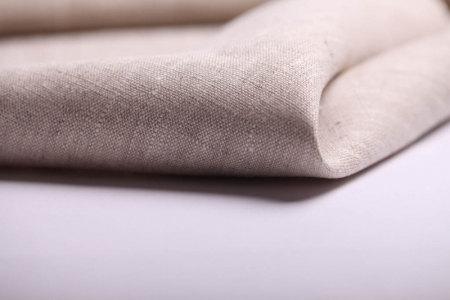
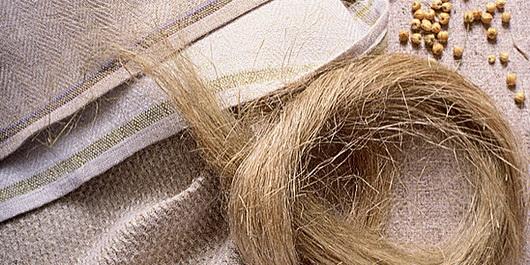
The rules of embroidery on linen
Linen is a very easy fabric to embroider and the least troublesome for embroiderers. Nevertheless, there are several pieces of advice that may come handy for the first-time embroiderers on this highly manageable material.
Hooping
Linen is hooped in a standard way. The fabric should be smoothed down before being placed in the hoop, with a matching stabilizer glued to its wrong side. Only after that the fabric together with the stabilizer is placed onto the smaller hoop and is covered with a bigger one. Tighten the screw until the fabric is taut to prevent shifting during the embroidery.
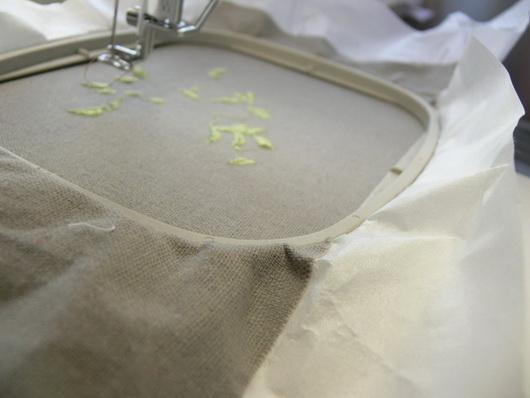
If the fabric is very thin and you’re afraid to damage it, you may hoop a tearaway stabilizer, and glue the fabric on top.
Needles
There are no special requirements when choosing needles for embroidery on linen. An ordinary embroidery needle with a sharp tip will be fine.
Threads
You can use any kind of embroidery threads: polyester, rayon, cotton ones; though it is not advisable to use metallics, there are no rules. If your design calls for metallic threads, try it out.
Cotton thread is most often used for the embroidery on linen because its dull surface goes will together with the linen surface. Acrylic threads look interesting: they resemble woolen yarns in appearance.
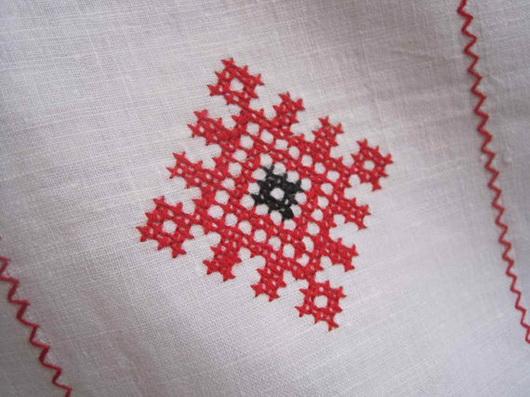
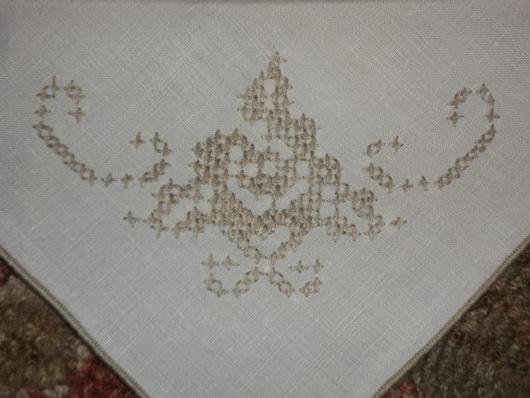
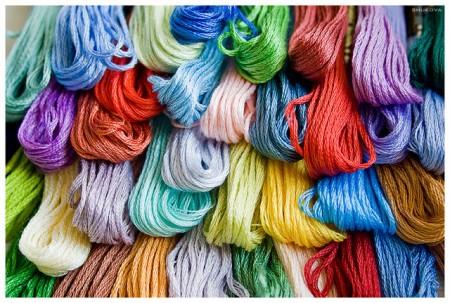
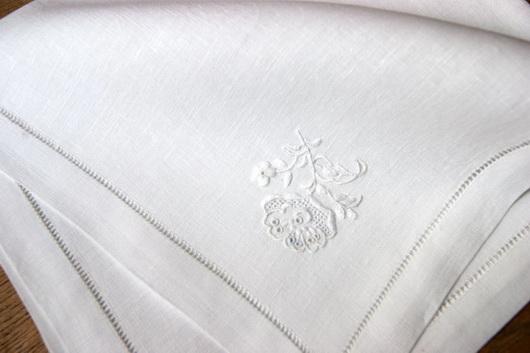
Stabilizer
Choosing the right kind of stabilizer for linen depends on the fabric type and the design properties. The density of the stabilizer depends on the density of the design and the fabric weight. If the linen is thin, and the design is dense, you’ll need a tearaway stabilizer with adhesive or an ordinary tearaway. If the linen is dense and plain weave, and the design is a “light” one that only contains simple stitches, you may spare the stabilizer altogether.
Too dense designs look bad on thin fabrics, spoiling the effect by reminding one of coarse patches. Soft, if dense, designs should be embroidered on soft, flowing fabrics. If embroidering a dense design on a thin linen fabric cannot be avoided, use a thin bobbin thread: it will make the embroidery a bit lighter.
As textured linen is often loosely woven, it is necessary to use a thin water-soluble film on top of it.
Embroidery designs
In case you digitize your own designs, you’ll need to maintain a certain ratio between the density of the design and the weight of linen on which the design or inscription will be embroidered.
If you’re going to embroider on loosely woven linen, it’s better to secure it with an outline prior to the embroidery.
If you haven't learned to digitize yet, you are welcome to choose something from our large collection of free embroidery designs.
Follow these rules, and the embroidery on linen will be a piece of pie to you. Linen towels, napkins, tablecloths, curtains, bedcovers, and pillowcases will decorate your home. Linen clothes, comfortable to wear, will look beautiful as well, thanks to the machine embroidery.
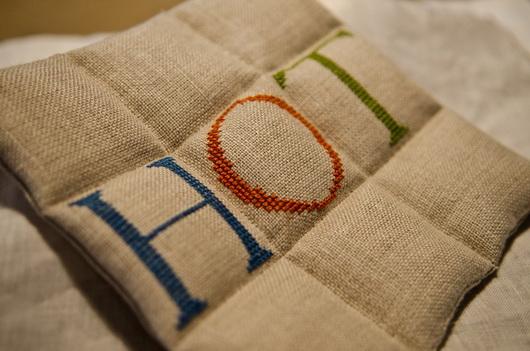

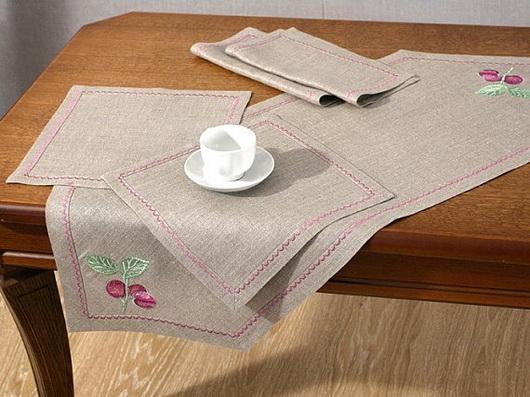
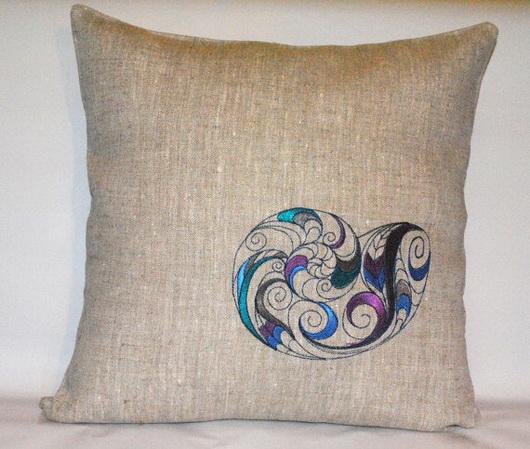
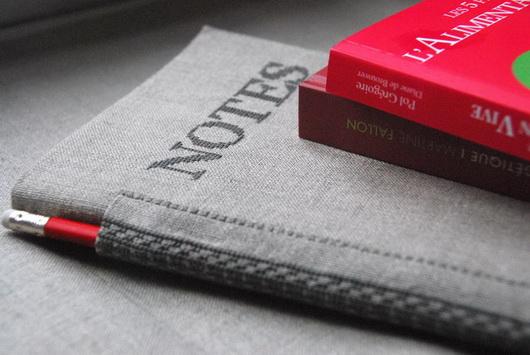
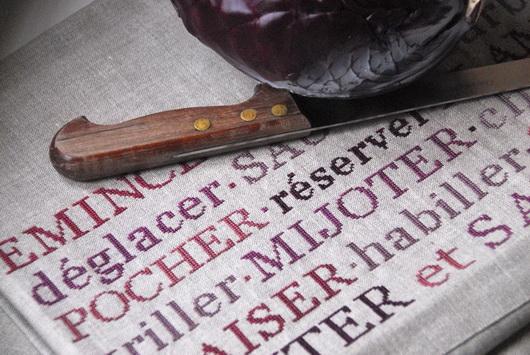
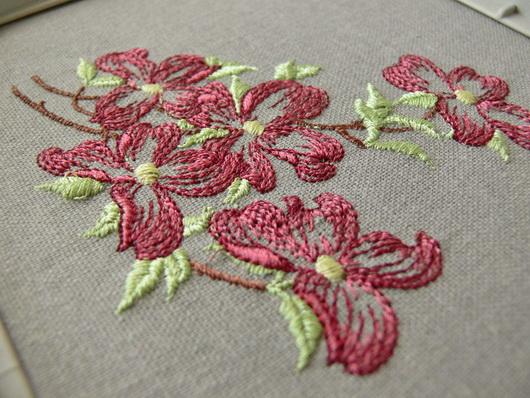

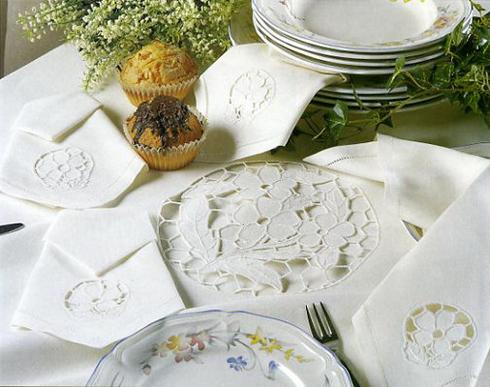

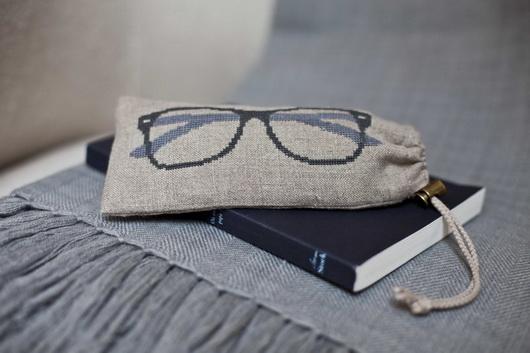 ]
]
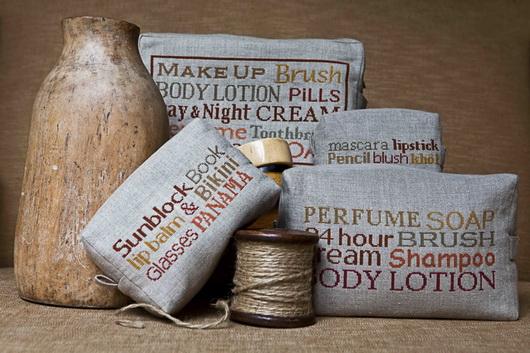
Original text by Yelena Kraftwork
Edited by Irina



There are no reviews to display.